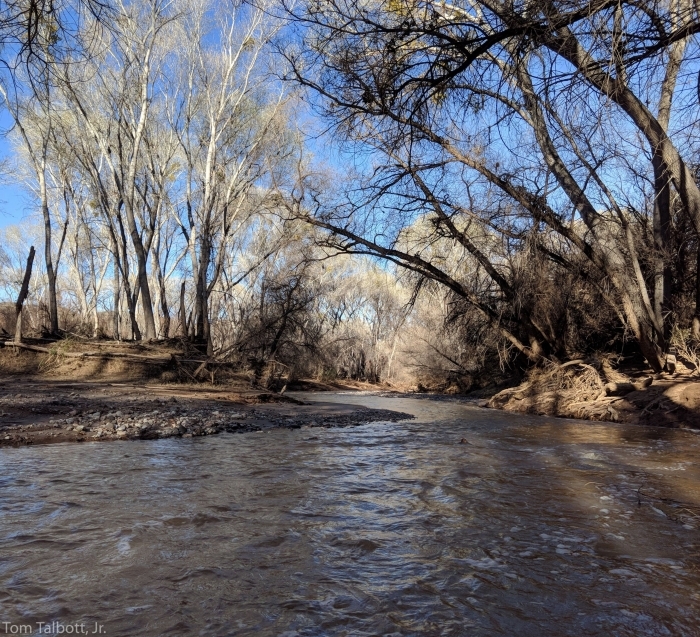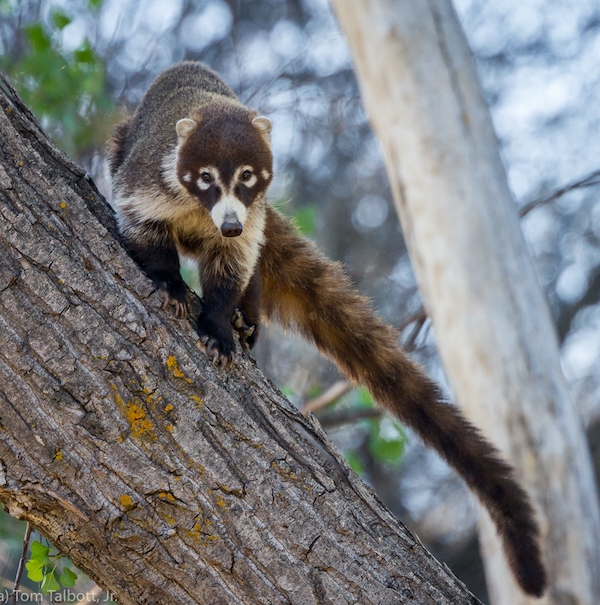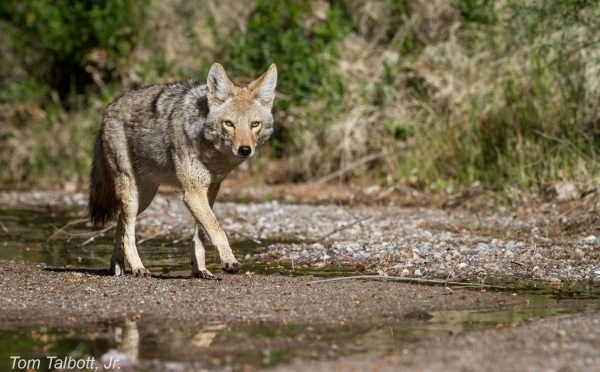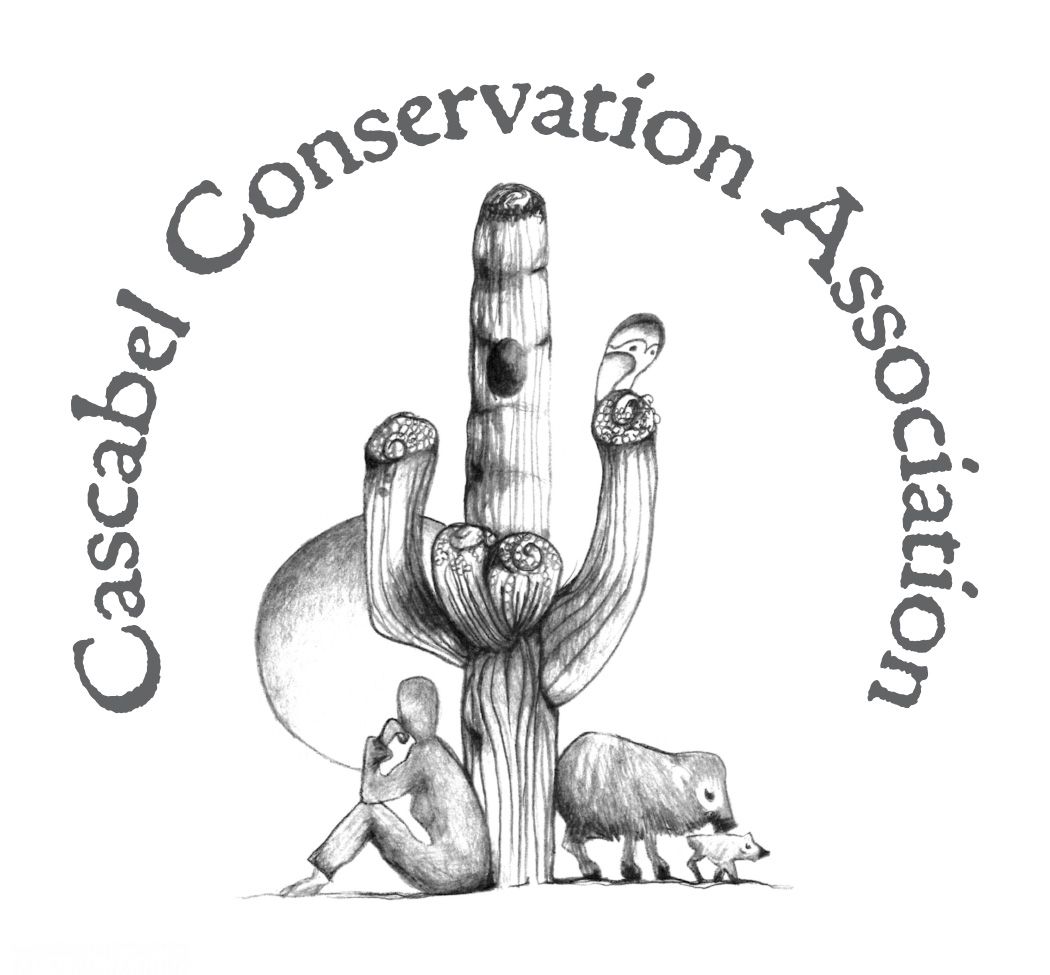INTRODUCTION
Cascabel and the Middle San Pedro Valley lie within the second most intact and unfragmented landscape within the Arizona–New Mexico region, an area without major roads or infrastructure. It is also the area of greatest biodiversity within Arizona due to the convergence of Sonoran and Chihuahuan deserts, the bounding “Sky Islands,” and its miles of riparian corridor along the river and up its tributary canyons.
For a more detailed discussion of this vast area of largely unfragmented landscape, please see this paper prepared by citizen scientist, CCA board member and volunteer, Daniel Baker: The Northern Sky Islands: Largest High-Biodiversity Habitat Block in Arizona?

BIODIVERSITY
The San Pedro River Valley hosts up to 87 species of mammals, likely the highest diversity in the United States. Forty-one amphibians and reptiles, including several threatened and endangered species, inhabit its varied terrain. Fourteen native fish species, the highest diversity in Arizona, including three endangered species, breed in the river and its tributaries.
The San Pedro Valley is even better known for its diversity of birds. With more than 250 migrating bird species and more than 100 breeding bird species, the San Pedro Valley has been named an Important Bird Area by the National Audubon Society. It has been recognized as a principal hemispheric migration pathway within the North America Pacific Flyway for birds that migrate from Central and South America. Critical habitat for the endangered Southwestern Willow Flycatcher and threatened Western Yellow-billed Cuckoo occurs along the San Pedro River, and Hot Springs Creek.

WHAT WE DO
This fortunate coincidence of a hotspot of biodiversity situated within a huge largely unfragmented landscape creates a unique conservation opportunity. The CCA Conservation Committee works to ensure the continuation of the current open landscape of sustainable working and conserved lands, providing wildlife connections through the heart of Southeast Arizona- the middle San Pedro River Valley.

Introduction | Advocacy | Collaborative Planning | Ecological Monitoring | Meader Endowment | CCA Lands
Header photo: Matt Clark
